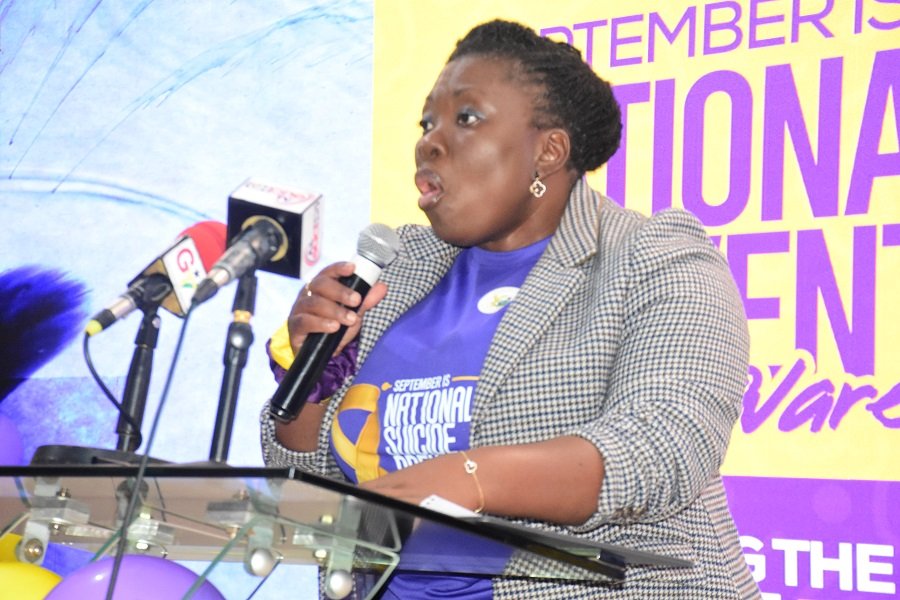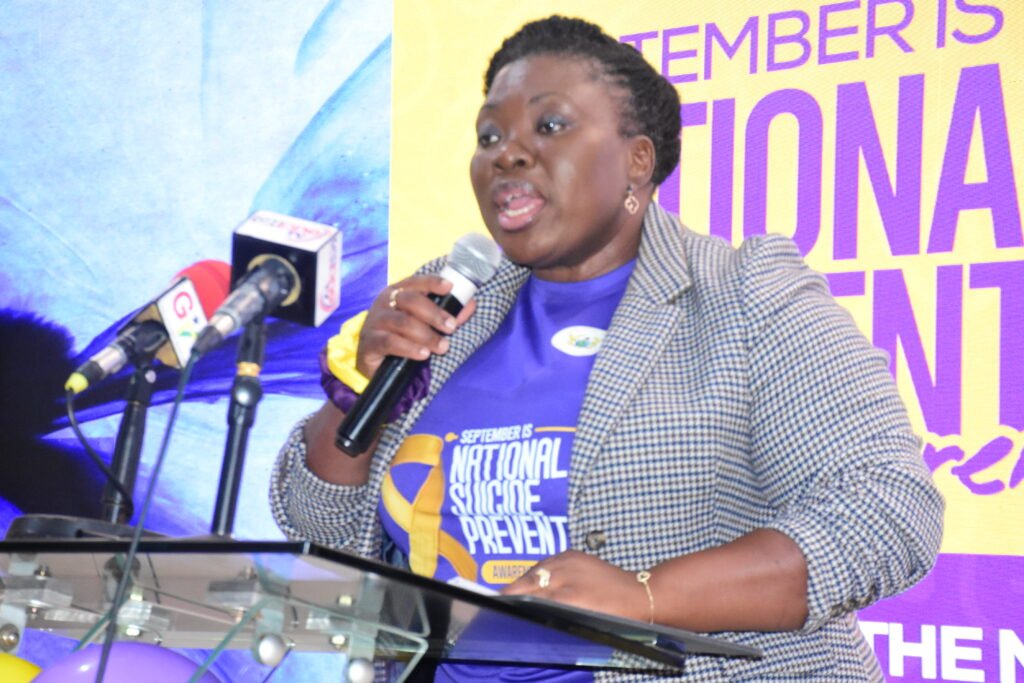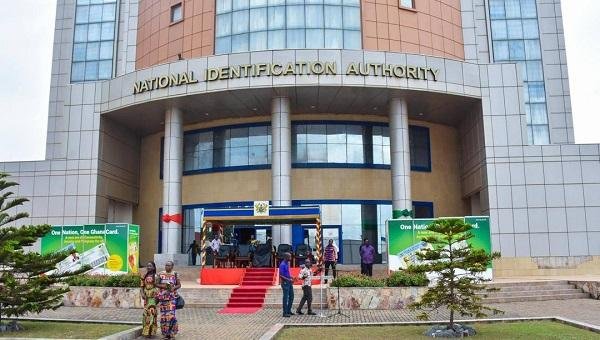News
Suicide cases high among JHS/SHS students: MHA calls for immediate action to curb menace

The Mental Health Authority (MHA) is calling for immediate solutions to address the alarming prevalence of suicide cases among Junior and Senior High School students.
According to the Authority, it was crucial to pay attention to such children as studies in Ghana are showing a high prevalence of suicidal behaviours among students.
This came to light at a symposium in Accra on Tuesday to mark the World Suicide Prevention Day (WSPD).
It was held on the theme “Changing the narrative on suicide with a call to action; start the conversation.”
Speaking at the symposium, the Chief Executive Officer (CEO) of the Authority, Professor Pinaman Appau said alarmingly, the prevalence has been reported to be higher among Junior High School students compared to those in the Senior High School.
She said various studies including a 2023 edition conducted by Azazu and Joe found that there was prevalence of 20.4 per cent of suicidal thoughts, 23.4 per cent for suicidal planning, and 28.4 per cent for actual suicide attempts among these groups of school children.
She mentioned bullying, abuse especially physical and sexual, neglect, substance use, family poverty, adolescent conflict with parents, corporal punishment and poor academic performance as causes leading to suicidal thoughts.
Again, factors including previous attempts, mental illness, gambling, financial and job crisis, chronic illness and pain, criminal or legal and impulsive behaviour can also lead to suicide.
Prof Appau said the challenges faced with addressing suicide issues were multifaceted and complex, adding that people grapple with stigma surrounding mental health issues, limited access to mental health services and a lack of general awareness of suicide prevention strategies.
She said the challenges were further compounded by deepening socio-economic challenges in societies such as the harsh reality of economic hardship, unemployment and social instability.
Dr Appau mentioned that the rippling effect of suicide leaves behind a trail of grief, guilt, and unanswered questions, saying, the economic cost of suicide attempts in terms of health care expenses and loss of productivity places additional burden on the country’s strained resources.
She said a total of 81 persons have committed suicide in 2024 with 543 attempts across the country, adding that the figure indicates an alarming increase compared to the 594 attempts and 48 completed cases recorded in 2023.
Regionally, Greater Accra, Eastern and Central regions recorded the highest numbers of suicide attempts for the first half of the year 2024, with most completed suicides occurring in the Greater Accra region.
Prof Appau has therefore called for a concerted effort to resolve and change the narrative by engaging stakeholders including security and media personnel, to create nationwide awareness and education through various media platforms.
By Jemima Esinam Kuatsinu
News
Criminal and Seditious Libel Law was repealed in 2001 yet we still face harassment – NPP

The New Patriotic Party (NPP) has criticised the government for what it calls a return to the “culture of silence” in Ghana, despite the repeal of the Criminal and Seditious Libel Law more than two decades ago.
In a press statement issued on Wednesday, the party said the arrest and detention of its Bono Regional Chairman, Kwame Baffoe, also known as Abronye, for allegedly insulting the Inspector General of Police (IGP) was the latest sign of political intimidation.
According to the NPP, eight months into President John Dramani Mahama’s administration, state security had been “weaponised” not to fight illegal mining or protect citizens, but to intimidate and punish dissenting voices.
The party said insecurity in areas such as Bawku, Nkwanta and Gbeniyiri in the Savannah Region had claimed more than 32 lives and displaced over 50,000 people, yet the police and national security were more focused on arresting opposition supporters and social media users for their posts.
The NPP noted that Ghana abolished the Criminal and Seditious Libel Law in 2001 under President John Agyekum Kufuor to protect free speech and media freedoms.
It described the recent arrests of opposition members as an erosion of those democratic gains.
The party said it did not condone insults or vulgar language in public discourse but stressed that anyone who felt defamed should seek redress through civil defamation suits, not criminal prosecution.
It also accused the government of undermining the judiciary by “weaponising” it against political opponents, citing the removal of the Chief Justice.
“The growing climate of intimidation and criminalisation of speech is a serious assault on Ghana’s democracy,” the statement signed by NPP General Secretary Justin Kodua Frimpong said.
The NPP called on all Ghanaians to resist what it described as a return to tyranny and pledged to roll out a series of actions to protect the country’s democratic gains.
By: Jacob Aggrey
News
NIA opens Premium Centres to register children

The National Identification Authority (NIA) has started registering Ghanaian children aged between six and 14 years at all its Premium Centres across the country.
The Authority says the exercise is part of its duty to register every Ghanaian, both at home and abroad, so that all citizens can have a secure and verifiable national identity.
It explained in a statement issued today that the registration will help build a complete and inclusive National Identity Register (NIR) that captures every Ghanaian from childhood.
According to the NIA, the fee for first-time registration at Premium Centres is GHS 310, which is the approved charge for premium services.
The Authority said the requirements are the same as for applicants aged 15 years and above.
It affirmed that Parents or legal guardians were required to present either a valid Ghanaian passport of the child, the original copy of the child’s birth certificate, or be a Ghana Card holder who can vouch for the child.
The NIA also announced that from Monday, September 15, 2025, its online registration and booking system will be extended to the remaining 11 Premium Centres nationwide.
This it said will allow parents and guardians to schedule appointments more conveniently and avoid delays at the centres.
It further stated that information on the issuance of Ghana Cards for children aged six to 14 years who had already registered will be shared later.
In the coming weeks, the Authority plans to extend this registration service to all NIA District Offices to make it easier for more people to access the service.
By: Jacob Aggrey













